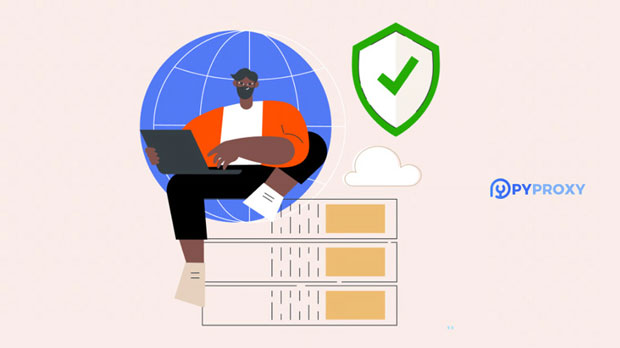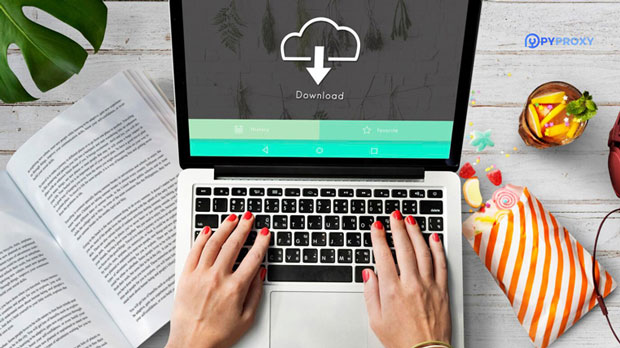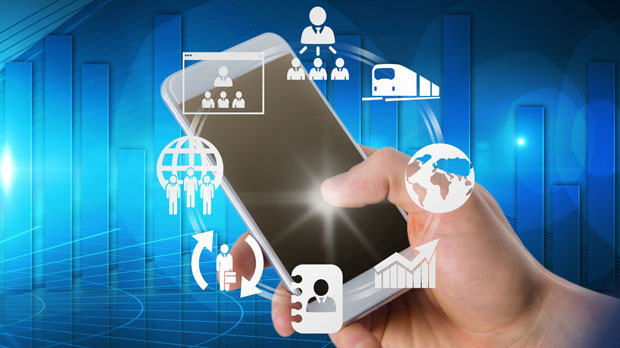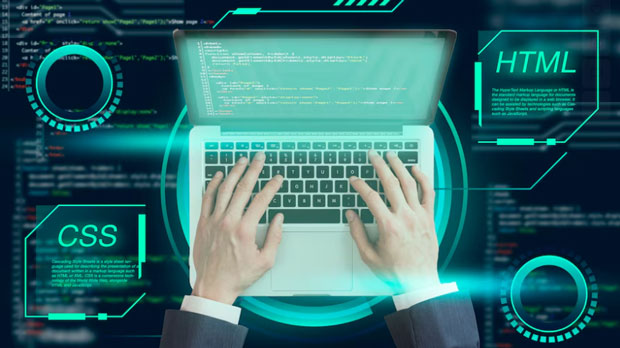In the digital age, where data privacy and security have become paramount concerns, understanding how proxies work and the importance of their logging strategies is crucial. A proxy server acts as an intermediary between a client and the internet, relaying requests and responses. The proxy logging strategy refers to how a proxy server records, stores, and manages information about network traffic, user activities, and interactions with websites. The strategy ensures proper monitoring, analysis, and troubleshooting of network issues, while also providing security and compliance with legal requirements. This article delves into the intricacies of proxy logging strategies, shedding light on their significance and offering practical insights. Understanding Proxy Servers and Their RoleA proxy server acts as a gatekeeper between a client (such as a user’s device) and the internet. By routing all requests through the proxy, it allows for enhanced security, privacy, and content filtering. Proxy servers can be categorized into different types, such as forward proxies, reverse proxies, and open proxies, each serving a unique function within a network.The main purpose of using a proxy is to protect users' personal data and ensure that their internet activities are not directly visible to external parties. In this context, a proxy server can hide the user’s IP address, making their online actions more anonymous. However, just as proxies serve as protectors, they also require a robust logging strategy to monitor the flow of data, detect anomalies, and secure the network from potential breaches.The Importance of Proxy Logging StrategiesProxy logging strategies are integral for monitoring network activity. These logs contain detailed information about the data being transmitted, including timestamps, user IP addresses, destination servers, and URLs visited. The logs serve several purposes, including:1. Security Monitoring: Proxy logs allow administrators to track unusual activity, such as unauthorized access attempts or abnormal data transfers, which could indicate a security breach or potential attack. 2. Troubleshooting and Network Management: Logs are vital for diagnosing network issues. Administrators can use the logs to pinpoint bottlenecks, failed connections, and other performance issues, thereby ensuring optimal network functionality.3. Legal Compliance and Auditing: Many organizations must comply with industry regulations that require maintaining detailed records of internet traffic and user activity. Proxy logs help in ensuring compliance with these legal requirements and provide a trail for audits when necessary.4. Content Filtering and Blocking: Proxy servers are commonly used for enforcing content restrictions, such as blocking access to certain websites or online services. Logs help administrators track user behavior and adjust filters accordingly.Key Components of Proxy LogsProxy logs generally consist of several key components that provide detailed insights into the network traffic. The most common elements in a proxy log include:1. Timestamp: Each log entry is typically time-stamped to indicate when the request was made. This is crucial for tracing the timeline of activities and diagnosing issues related to specific periods.2. User IP Address: The IP address of the client making the request is recorded. This helps administrators identify the origin of the traffic and monitor potential malicious activity.3. Requested URL: The URL or the web resource that was requested is logged. This information is useful for tracking what content users are accessing and ensuring compliance with company policies or regional restrictions.4. Response Status: Proxy logs record the status of the server’s response, such as whether the request was successful, failed, or blocked. This helps in monitoring the success of network requests and troubleshooting errors.5. Bytes Transferred: The volume of data transmitted during the request is also logged. This metric is essential for tracking bandwidth usage and detecting any abnormal spikes in data consumption.6. User-Proxy Information: Logs may also capture details about the user's browser or device, allowing administrators to analyze the type of traffic and adapt security measures based on specific user Proxys.Implementing an Effective Proxy Logging StrategyAn effective proxy logging strategy must be tailored to the specific needs of the organization and its network environment. Below are several best practices for developing a comprehensive proxy logging approach:1. Define Clear Logging Policies: Organizations must establish clear policies regarding what data should be logged, who has access to the logs, and how long logs will be retained. It’s essential to strike a balance between collecting enough data for security and compliance purposes while avoiding excessive logging that could lead to privacy concerns.2. Ensure Log Integrity: It is crucial to implement mechanisms that ensure the integrity of proxy logs. This includes protecting the logs from unauthorized modifications, ensuring they are stored in secure, tamper-proof locations, and implementing encryption to safeguard sensitive data.3. Centralized Log Management: For organizations with multiple proxy servers, it is beneficial to implement a centralized log management system. This allows for efficient aggregation, analysis, and correlation of logs from various sources, enabling faster detection of security threats and performance issues.4. Automate Log Analysis: Manual log analysis can be time-consuming and prone to human error. Automated tools that analyze proxy logs for anomalies, potential security threats, and policy violations can help streamline the process and improve the effectiveness of the logging strategy.5. Regular Audits and Reviews: Regular audits of the proxy logs help ensure that the logging strategy remains effective and up-to-date. Reviewing logs periodically helps identify areas where improvements can be made and ensures compliance with legal and organizational standards.6. Monitor Compliance with Privacy Regulations: While proxy logging is crucial for security and operational efficiency, it must also align with privacy regulations such as GDPR, HIPAA, and other regional laws. It’s essential to ensure that the data collected respects user privacy and is handled in compliance with applicable laws.Challenges and Considerations in Proxy LoggingWhile proxy logging provides many benefits, it also presents several challenges that organizations must address:1. Data Volume: Proxy logs can generate massive amounts of data, especially for large-scale networks with high traffic. Managing this data efficiently and ensuring that it can be analyzed in a timely manner is a key challenge.2. Privacy Concerns: Collecting detailed logs of user activities raises privacy concerns. Organizations must ensure that logs are anonymized or stored in ways that comply with data protection regulations to avoid potential legal ramifications.3. Log Retention: Deciding how long logs should be kept is another challenge. While logs are valuable for troubleshooting and security, retaining them for too long can lead to storage issues and privacy risks.4. Security of Logs: Since proxy logs contain sensitive information, they can become a target for cybercriminals. Protecting the logs from unauthorized access and ensuring they are securely stored is critical to maintaining the integrity of the logging system.Proxy logging strategies are vital for ensuring the security, performance, and compliance of a network. By effectively managing proxy logs, organizations can gain valuable insights into network traffic, detect potential threats, and ensure that their systems comply with legal requirements. Implementing best practices such as clear logging policies, log integrity checks, and automated log analysis can greatly enhance the effectiveness of proxy logging. However, organizations must also be mindful of the challenges associated with data volume, privacy concerns, and log retention to create a balanced and effective proxy logging strategy.
Jun 20, 2025
![arrow]()



















































